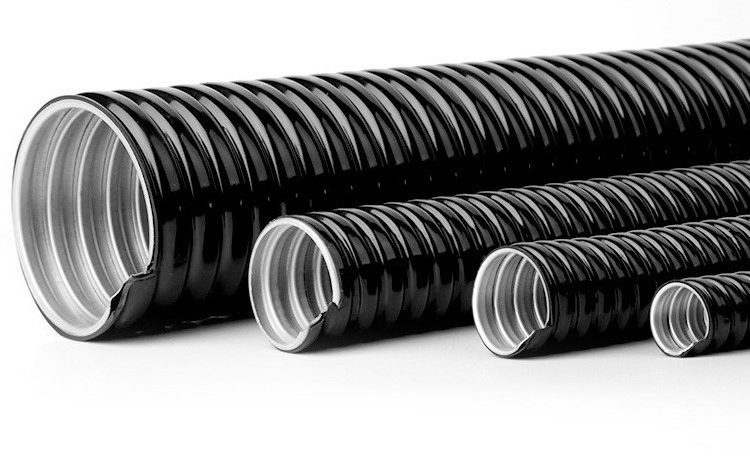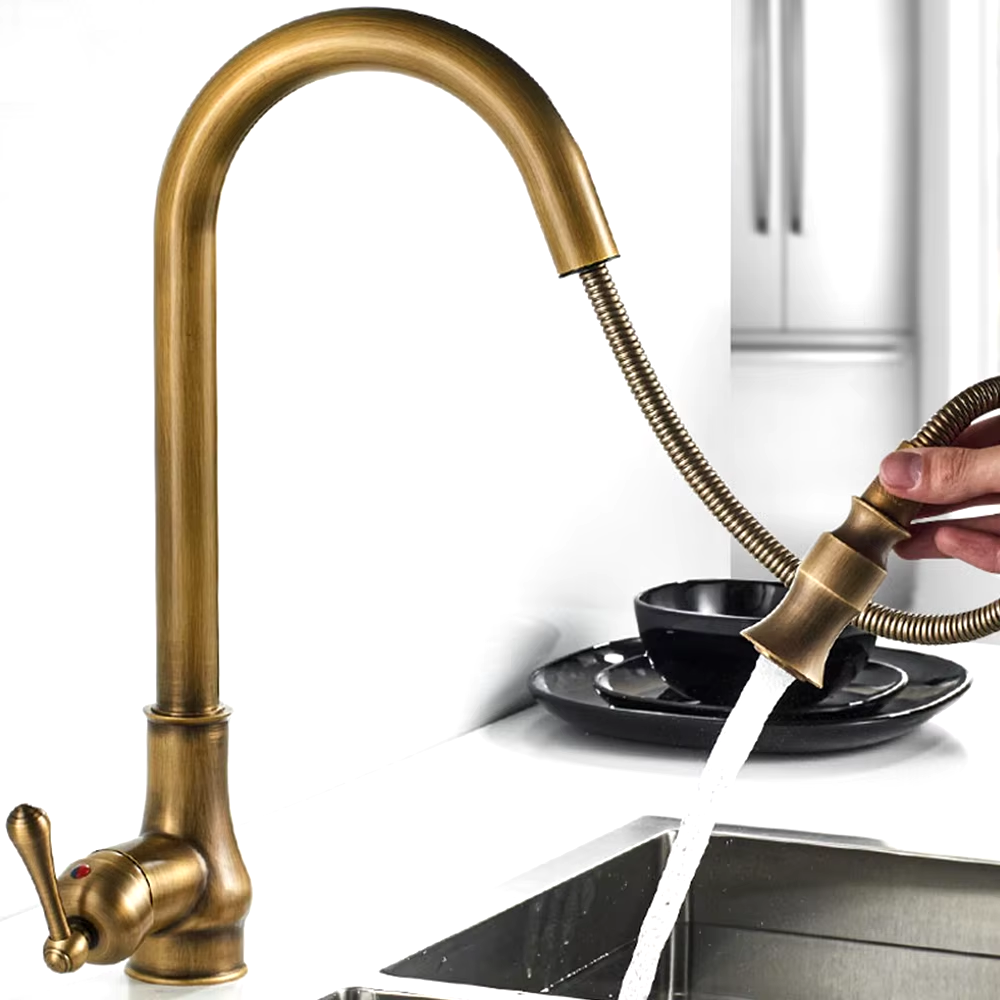Top Risks of 10mm flexible conduit

A 10mm flexible conduit is a durable tubing or other types of enclosures used to protect and provide a route for electrical wiring conductors. Conduit is used to protect electrical wirings from damage and cover the exposed areas of the wiring. Conduits are installed according to the National Electrical Code.
Electrical conduit provides good protection to enclosed conductors from impact, moisture and chemical vapors. Frequent wiring changes are made simpler and safer through the use of electrical conduit, as existing conductors can be withdrawn and new conductors installed, with little disruption along the path of the conductor.
Rigid Metal Conduit
Rigid metal conduit commonly known as RMC, is a heavy duty galvanized steel tubing that is installed with threaded fittings. It is used outdoors and provides support for electrical cables, and other equipment. It is also available in lighter versions commonly known as intermediate metal conduit.
Electrical Metal Tubing
It is a type of rigid metal tubing and commonly known as EMT. EMT is also called “thin-metal” conduit because it is thin and lightweight.
A flexible conduit made from aluminum or steel and cheaper than another tubing. This conduit doesn’t offer the same level of protection as a rigid metal conduit. EMT can be bent to shape using a special tool to fit or follow the shape of installations.
Electrical nonmetallic tubing
Shortly abbreviated as ENT, it is a type of flexible plastic tubing that is moisture and fire-resistant. It can be easily bent and fitted with glued plastic fittings.
One disadvantage of ENT is that it cannot be installed in exposed locations, it is commonly used inside the walls. In addition to installation in wood or metal frame walls, ENT can be installed in concrete block structures and can be covered with concrete. These tubes are best when you have to cover your electrical wirings at home.
Rigid PVC Conduit
Rigid PVC is the common plastic tubing and is installed with plastic fittings that are glued in place. It can be bent after being heated in a portable heater box. As the name rigid implies, these PVC conduits are best for extreme outdoor conditions.
Running a wire through a conduit
There are various methods to run a flexible conduit 10mm pipe.
String Method
- First tie a string to a long, thin, and nonflexible rod.
- Then push the rod and the string through the conduit so that it comes out at the opposite end.
- After that, tie electrical wires onto the string.
- Next is to pull the rod back through the conduit, bringing along the wires.
Conduit Mouse method
This method is a variation of a string method and uses a tool called a conduit mouse method. This tool is a foam cylinder that is smaller in diameter than the interior of the conduit. It is used in tandem with a shop vacuum.
- First, take the mouse conduit and tie a light string to it. There should be a wire loop running for this purpose.
- The second is to place the mouse into the conduit opposite from the side you plan to pull from. Fit the mouse so that it fills the conduit space and so that the string follows behind it.
- Then apply the shop vacuum and apply it to the opposite end of the conduit. Make sure that the vacuum hose is fitted to the conduit so that it creates the best suction.
- Turn on the vacuum and apply it until the mouse is sucked to the end of the conduit. Turn off the vacuum and remove the mouse.
- Untie the string from the wire loop on the mouse and secure it to the wire.
- Pull the opposite end of the string to pull the wire into the conduit.
Fishing Weight Method
It uses a heavy fishing weight to guide wiring directly through a conduit.
- First tie a heavy fishing weight to the end of the wires using string to give the weight lead in front of the wiring. A fishing weight is thin enough to run the conduit.
- Then drop the fishing weight into the conduit. If you are working with a free-moving length of the conduit.
- When necessary, adjust the conduit orientation to get the weight around curves in the conduit. Continue this process until all the wire has been pulled through the 10mm flexible conduit.
Fish Tape Method
Fish Tape is a long, flat metal wire wound inside a spool with a hook at the end. To use fish tape, you’ll need wire strippers.
Conclusion
In this article, we discussed flexible conduits, types of flexible pipes, and how to run a wire through a conduit.






